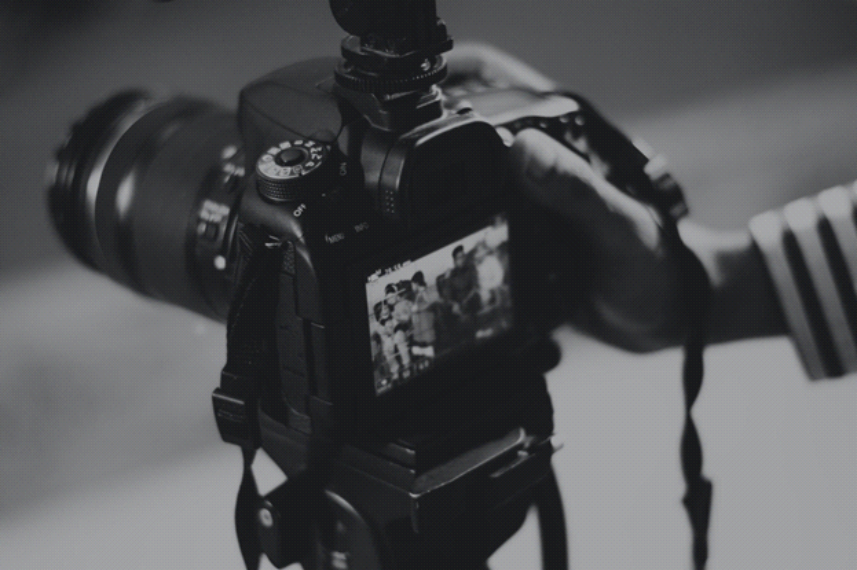Close to 86% of businesses worldwide now use video marketing as a tool to reach customers and grow their brand, according to research by Blogging Wizard. While video marketing is a rewarding avenue for businesses, the end product is the result of a series of processes that starts with creating a storyboard. In this article by The Brand Scrubbers, we’ll explore the process of how businesses create storyboards and subsequently use them to design video marketing campaigns.
What is a Storyboard?
Storyboards are an essential part of the video production process, as it helps to organize the various elements that go into creating a video. Additionally, it serves as a visual representation of what the final product will look like. In addition to visual elements, a storyboard also includes details regarding the narrative, characters, and elements that will make the story engaging.
Benefits of a Storyboard
Using a storyboard helps businesses follow an organized approach to their video marketing activities. This results in savings in terms of time, money, and resources. Additionally, storyboards help with creating accurate budgets, as you can estimate the cost of production, equipment, crew, and other expenses.
Moreover, storyboards serve as a great tool for creative professionals to brainstorm concepts. Having an idea for a video is one thing, but it needs to be drawn out to fit the needs of the business and achieve the end goal, whether that be brand awareness in a new market, an increase in conversions, and more. Through a storyboard, marketers explore different plot points and elements and come to an informed conclusion as to which one will work the best.
How to Prepare for Creating a Storyboard
Here’s a list of key steps you should take before starting on your storyboard:
1. Find Examples:
Conduct research on successful projects competitors or others have implemented in your niche. This will serve as a great brainstorming tool for adding your own twist to the story.
2. Set Realistic Goals:
The length and content of the video will heavily depend on what it is supposed to achieve. For instance, the process of creating a 15 seconds promo video to be shown on television will be very different from a 10-minute short film to be released on social platforms.
Additionally, other considerations will include the expected result of the video. Will it be to educate customers about your brand? Announce a new campaign with a celebrity? Show your support for a social cause and more.
3. Plan Your Characters:
Decide who will be featured in each scene and how their interactions will be with fellow characters. Additionally, you’ll need to decide whether there’s a need for hiring actors or will the video involve animations. As a next step, ascertain the requirements of costume, props, lighting, and other technical details.
Structure Your Storyboard with a Script
Once all prep activities are done, you can move towards creating a script – i.e., an in-depth outline of how your video will be made and recorded.
Here’s how you can go about it:
1. Create a description of how the video will look frame-by-frame.
This process will involve writing a description in the text, followed by an artist representing it on the storyboard through drawings or digital software.
2. Include important details regarding stand-out aspects of particular frames.
For instance, in some frames, you will want the camera to focus on the product. Attention to detail will go a long way in making the video a success.
3. Flush out your storyboard idea by adding dialogues and plot points into the mix.
This is exactly how the actors will enact the scene when creating the video, as reported by Screen Craft.
Keep Costs in Check
You can significantly reduce your cost of production by using royalty-free videos. This is a great option for businesses with budget constraints who want to invest in video marketing. Additionally, you can always pay an affordable subscription fee for access to many good stock video options.
Creating a storyboard will serve as the foundation for all your video marketing activities. Additionally, it helps to set the tone for writing a script and creating accurate budgets. Moreover, using royalty-free videos will help to keep expenses in check and achieve a higher ROI.
Written for Brand Scrubbers by:
Jonathan Warner
[email protected]
www.thinkerfit.com


Recent Comments